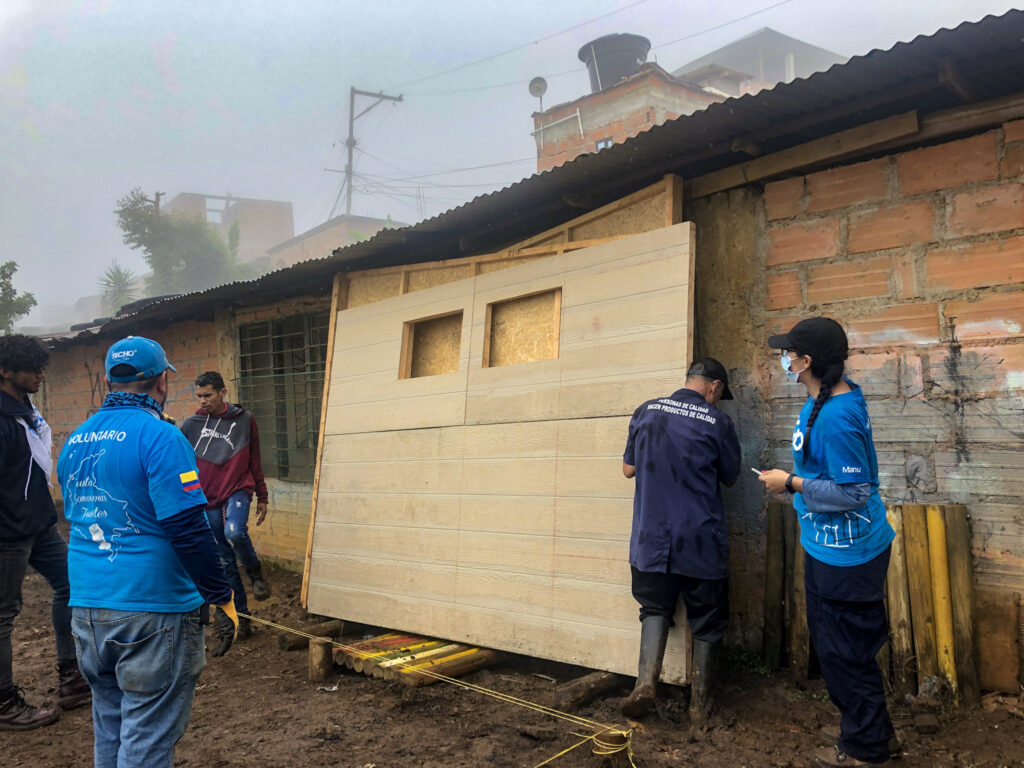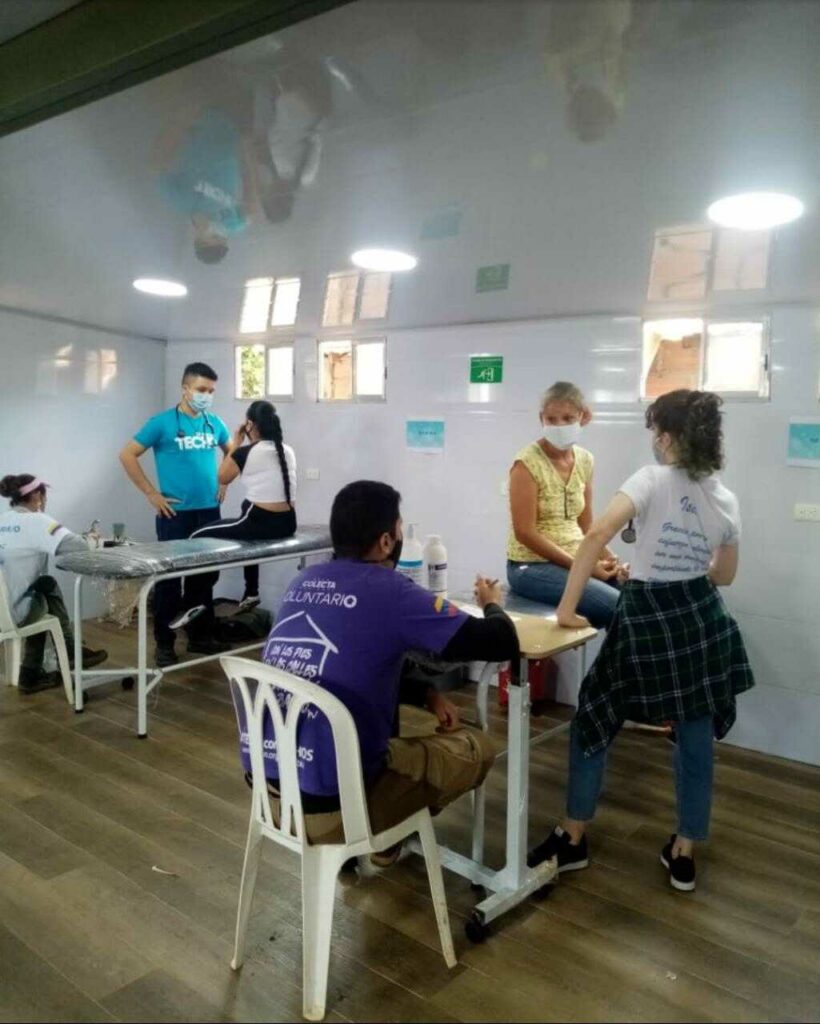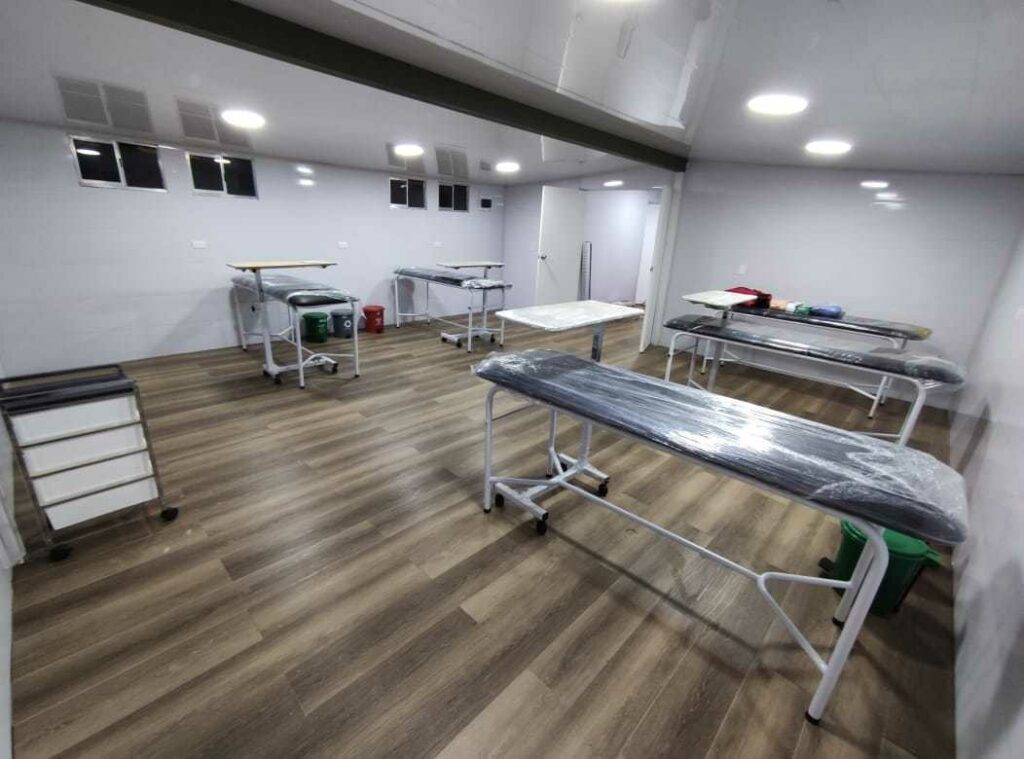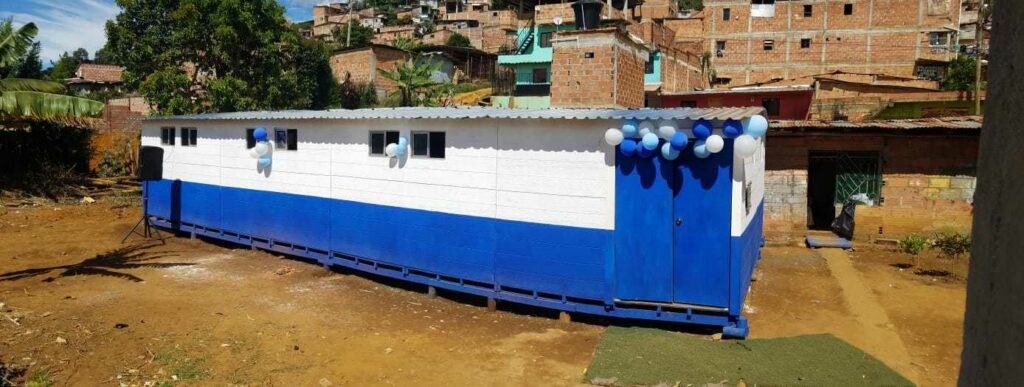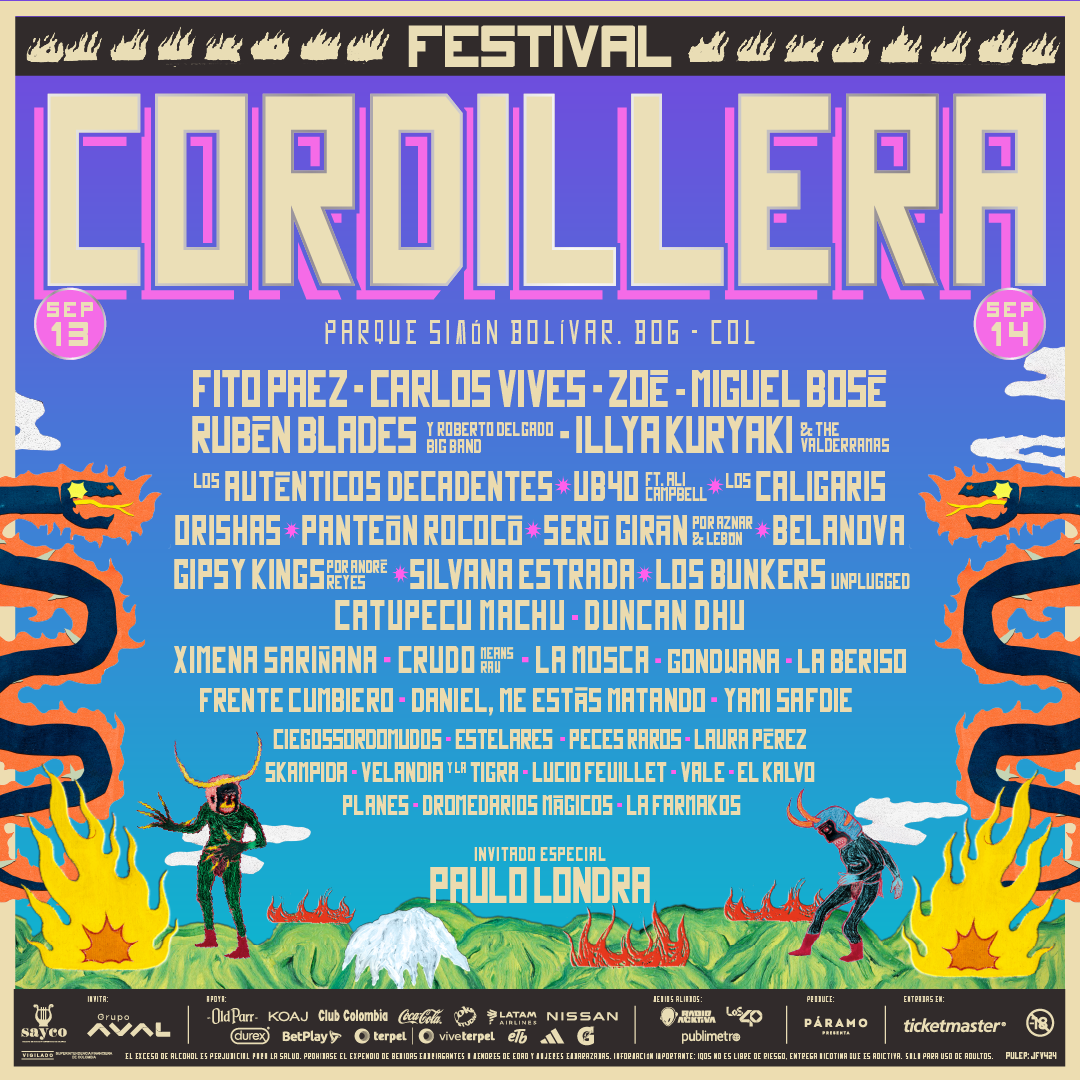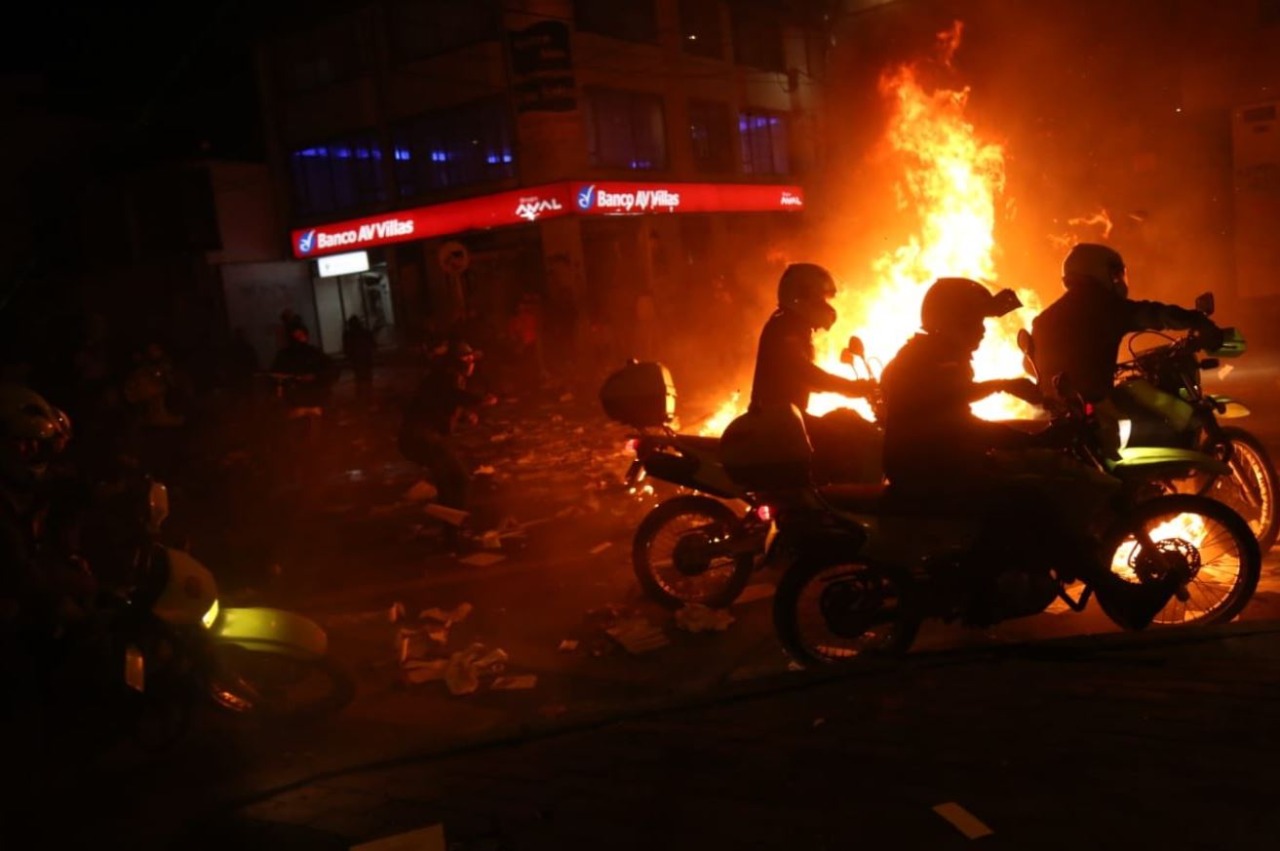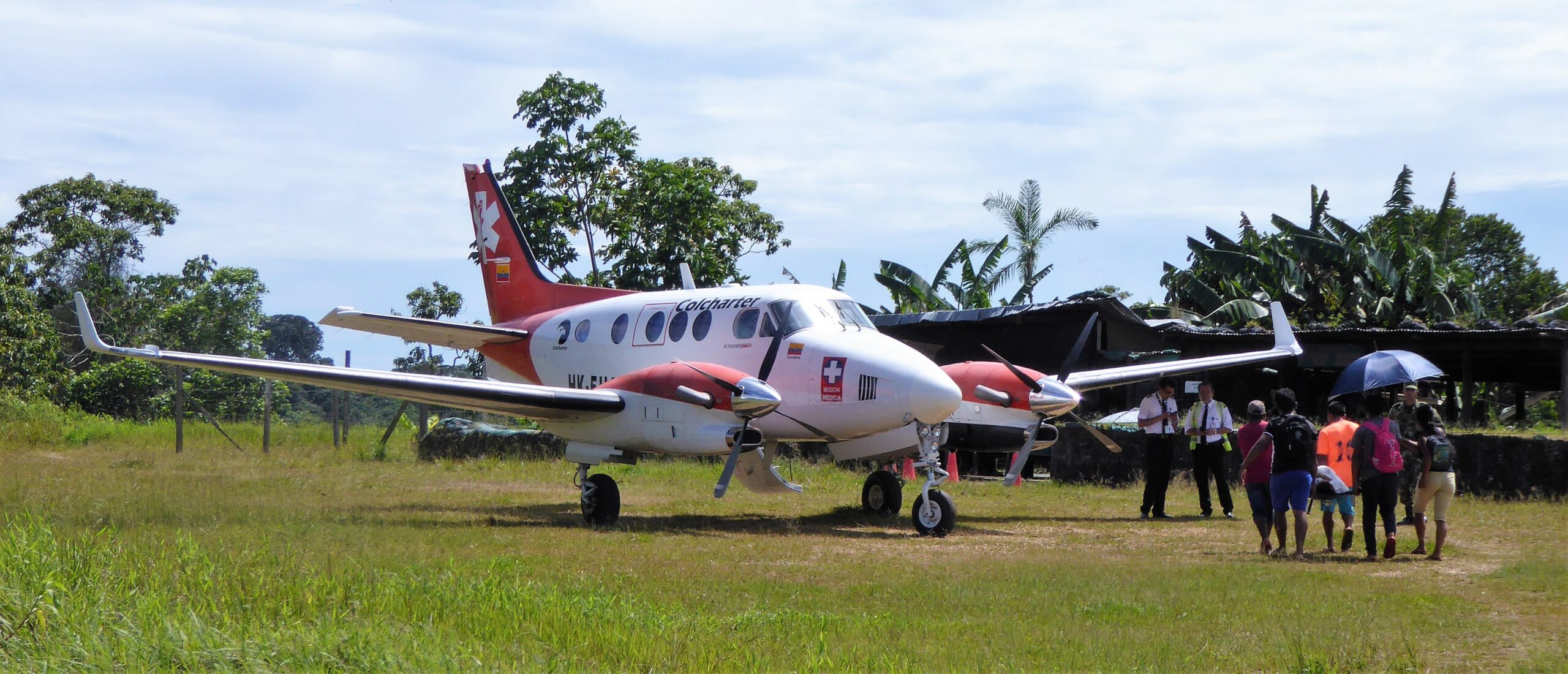If you live in Granizal — an isolated neighborhood on the northern outskirts of Medellín — contracting an infection, suffering from a chronic illness, or having an emerging health problem can become a death sentence.
Most people in the community have their health care covered by the government because they are in Group A or B, according to Sisben. The Sisben is the nation’s index for measuring poverty and extreme poverty. However, hospitals in Medellín turn patients away because Granizal is part of the municipality of Bello just north of the city, so they need to go to doctors in Bello. Road access to Bello is limited, and in case of emergency, there is rarely enough time for patients to travel to the general hospital. The only access road to Granizal is an unpaved and swampy road via the Santo Domingo neighborhood, with debris and garbage on both sides.
That’s why TECHO, a Latin American NGO, focused on improving living space in Latin America, developed a plan for a health center in Granizal. Together with local community representatives, they started constructing a first aid center in the hills of the small neighborhood on July 24th.
On August 8th, the group of about 30 volunteers finished building the 62-square-meter medical center with six beds and a cleanroom. The health center is the only medical and emergency care point for some 30,000 people living in Granizal. Although it is a drop in the ocean, these six beds will hopefully prevent unnecessary deaths of people who, before, simply arrived too late for help.
The Bogotá Post followed the NGO on its journey to build the health center, and here’s what we found:
The peculiar history of Granizal
It is still early morning when TECHO’s small team of volunteers arrives at the foot of the Granizal neighborhood. The community’s houses, small stores, and cafes emerge from the dense fog covering the plateau as the group begins to climb up to the community center. The community bakeries slowly open their doors to welcome the group of volunteers, serving them hot coffee and freshly baked buñuelos.
“Today, we all came together to inaugurate the long-awaited Centro de Salud in the vereda of Granizal. The building will now be ready for doctors to treat their first patients. We made it happen,” said Manuela Castaño on Sunday the 8th of August. She leads the group of volunteers, gives them instructions, and oversees the building’s progress.
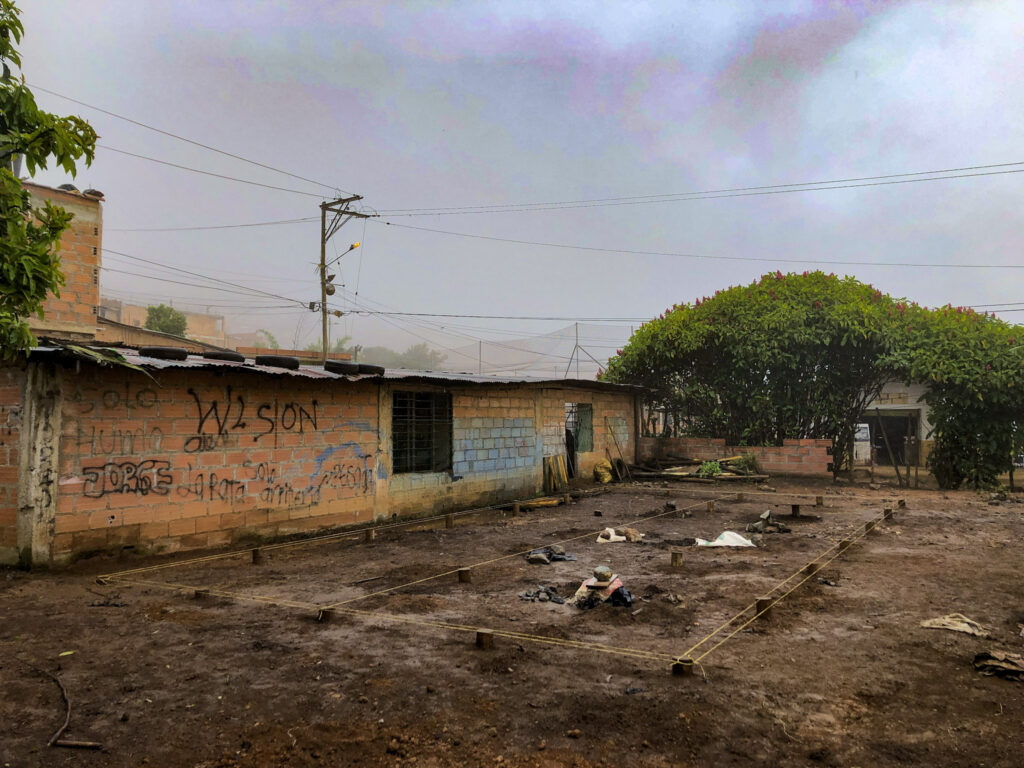
In the 1960s, Granizal began to grow as a living space when peasants and displaced people arrived looking to rebuild their lives near the city of Medellín. When people occupied the area, the terrain was unfavorable for urban development, and most houses face steep slopes. Years later, people live in Granizal with second and third generations, but their housing situation remains precarious. In times of heavy rains in Medellín, many families lose their homes to landslides. Even when the rains stop, these families lack access to materials and money to rebuild their destroyed homes.
“We face many problems in the community, most of them related to the location itself and the difficulty of reaching Bello or Medellín at night hours. But our community spirit is strong, and within our organization, we recognize ways to help and improve everyone’s life little by little,” says Ana Felicia Castellana, one of the community leaders. Her gaze sweeps across the plateau. “Thanks to TECHO, every day, we achieve more and more.”
How TECHO helps community development in Colombia
A group of motivated people founded the non-profit TECHO more than 20 years ago in Chile. Their goal was, and still is, to develop living spaces throughout Latin America. Today, the NGO is present in 19 countries and throughout several cities and departments. In Colombia, TECHO has offices in Cali, Barranquilla, Medellín, Cartagena and Bogotá.
There are many reasons why TECHO works with infrastructure. Juan Diego Echeverry Otálvaro, leader of TECHO Medellín, explains in an interview, “Urban planning is the basis for the future development of Colombian society.” An intelligently planned place or city helps the development of citizens, improves access to education and employment, and positively affects people’s health. Drinking water is an excellent example that shows the impact of life on people’s health. According to the National Statistics Office, in 2020, 60% of the water Colombians drink was not proper for consumption. Contaminated water leads to health problems, causes a greater spread of diseases, and inhibits the physical development of children.
TECHO works primarily on housing, infrastructure, and other solutions for communities impacted by poor living conditions. Private companies such as Argos, Medellín University, and Credicorp finance the projects, although the organization constantly seeks to open cooperation with public authorities. “The government listens and is willing to support our projects. But what is lacking, in most cases, is money,” Juan Diego further explains.
Interestingly, TECHO has a very particular approach to its work. The organization offers solutions tailored to the communities’ needs and involves them in all the thinking and planning processes. In addition, TECHO builds all the materials in its community fabric in Bogota. In this way, the NGO can reduce costs, standardize housing solutions and create employment opportunities.
The urgent need for infrastructure in Granizal
Every city and place has its peculiarities. TECHO tries to address those different needs by connecting with community leaders and asking them which infrastructure project they think is most urgent and ready to prioritize.
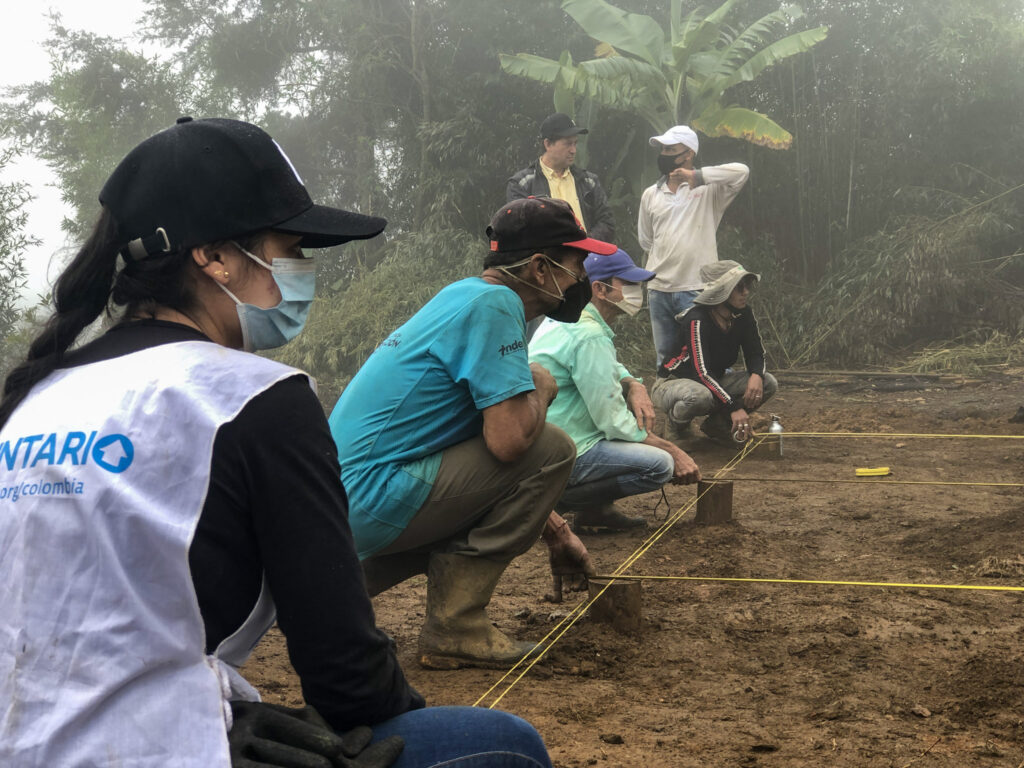
The Granizal neighborhood is the second-largest informal settlement in Colombia. The biggest problem is the risk of slopes and the absence of basic infrastructure. Because of the latent need of the population, Granizal and TECHO had allied 15 years earlier. So far, TECHO has helped to build 800 emergency houses in the area. Each of these houses is 18 square meters and has no bathroom and no electrical installation.
“Considering the pandemic, our community agreed that a medical center is the most urgent thing for Granizal. Before it was urgent; now it is vital for survival,” says Ana Cecilia, who has been working with the community for more than 20 years.
How the project impacts the community of Granizal
The health center that the community has been building with all their hard work will help save many lives. The municipality of Bello is aware of the urgent need for medical help in the neighborhood. The city will continue to work hand in hand with a team of doctors in the new health center. Stationing them in Granizal will reduce travel costs and enhance access to assist in the presence of fortuitous cases.
But more than meeting fundamental health needs, the construction of new community spaces contributes to improving the psychological and mental health of the inhabitants. “We see that things are improving. It’s wonderful. TECHO is the pillar of many more things to come,” Ana Cecilia explains, expressing her gratitude.
Furthermore, the fact that volunteers visit Granizal frequently creates a strong sense of community, not only among the inhabitants of Granizal. People from all over Medellín visit the remote neighborhoods to get to know the living reality of the communities and work towards a common goal. “Many of the community members receive us very well. After a while of working together, you build friendships that last,” says Daniela Arango, who has been working with TECHO for four years.
TECHO’s work is undoubtedly valuable. However, there are short-term and long-term solutions, and they have different impacts. Volunteers provide urgent solutions, but the communities in the hills need solutions that help transform their habitat into developed and prosperous living spaces.
What lies ahead for Medellín’s urban development
There is a truth behind TECHO, the community of Granizal, and the many other neighborhoods in and around Medellín. These places need investment to close the structural gaps between the many communities in the area. According to the National Quality of Life Survey, DANE, in 2019, 98.1% of households had access to energy, 87.0% had access to water, and 81.8% had access to waste collection. In many cases, the family income is not sufficient to pay their monthly electricity bills. In short, they pay utility bills or eat.
Improving inequality between urbanized places and excluded communities will have long-term positive effects on the development of the entire city. Urban planning will define the future of our cities. To make places like Granizal not drift further apart from the rest of the town and its commercial hubs, it will need investment in education infrastructure, technology, and science. Locally.
In São Paulo, Brazil, social entrepreneur Edu Lyra launched a social project inspired by the public policies that reigned in Medellin in the 2000s. His project, the “smart favela,” combines entrepreneurship, social innovation, and technology to open up real opportunities for São Paulo’s most excluded communities. Their point of reference is Medellín, a city that was once a model of transformative policies.
The people from Medellín have not forgotten how inclusive neighborhood policies have once driven economic growth, but for many reasons, authorities have been delaying further development since then. We envision a future in which entrepreneurs like Edu Lyra will once again look to the city of Medellín as a source of inspiration for social development. Organizations like TECHO aim to revive this spirit of positive change.

